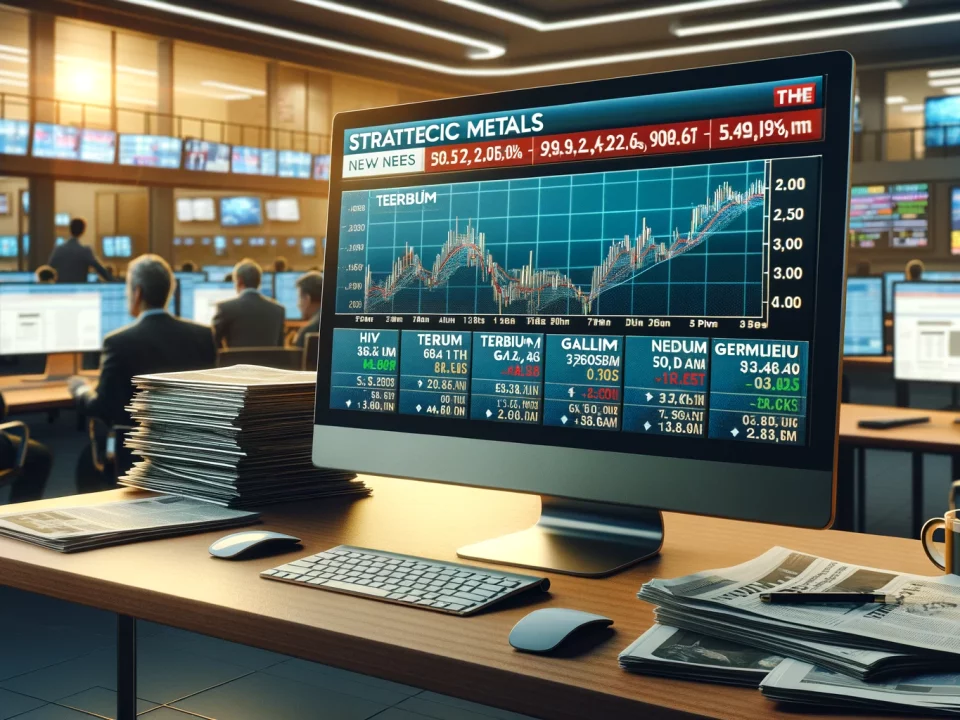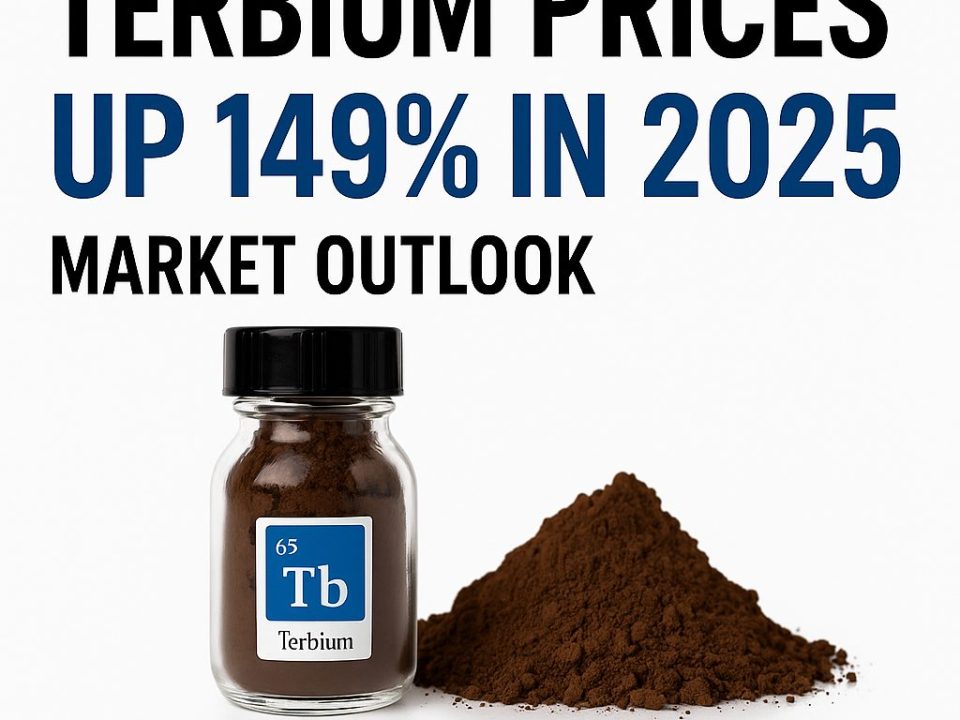
Weekly News Review May 19 – May 25 2025
May 25, 2025
Weekly News Review May 26 – June 1 2025
June 1, 2025China’s new export controls on seven rare earths are causing unrest in the industry. However, instead of just reacting to temporary bottlenecks, it is worth taking a strategic look ahead: what can be learned from the current situation, and what measures will help better manage supply risks in the future? What can private investors learn going forward?
The export of Dysprosium, Terbium, Yttrium, Gadolinium, Samarium, Lutetium, Scandium, and their various connections has been only possible with official authorization. The recent tightening of restrictions on the export of rare earths from China is not an isolated case. Instead, they are an expression of a development that has been emerging for years: Raw materials are becoming an instrument of political power. As demand rises, it is also being institutionalized by national interests.
For companies, this means that the security of supply is no longer guaranteed at the latest. What is needed is a critical examination of one’s starting position and the willingness to make strategic adjustments. Let’s look at how the industry could and should respond and as a result what we can learn as private investors.
Identify affected materials and supply chains:
A structured analysis of your supply chain reveals which materials and connections are specifically affected, identifies critical dependencies, and highlights short-term opportunities for action. Those who create this transparency at an early stage can react in a more targeted manner, for example, by making customized inquiries and searching the market for available materials.
Clarify requirements for export licenses internally and externally:
Detailed information on the intended use is required for a Chinese export license, in particular, regarding which end product the rare earths are to be found. Companies should now actively approach their suppliers and ensure that they receive all the necessary information to facilitate a smooth process. This also includes creating internal transparency: Which products contain affected materials, and where are they used by consumers? By collating and passing on this data point by point, suppliers can speed up the application process and increase the chances of success promptly.
Better understanding of value chains:
Rare earths undergo several processing stages, from extraction and chemical separation to alloying and further processing into components such as magnets. The current export restrictions and impending bottlenecks affect not only a single product but also range from oxides to finished magnets. Companies that understand this value chain can categorize their specific risks more precisely and search for alternatives or available stocks on the market in a more targeted manner.
Raw material issues are a central component of overall risk management:
In many companies, critical raw materials are still purchased solely based on demand, and their strategic importance is often overlooked. Today, the availability of materials and their price fluctuations have a significant influence on access to markets and the competitiveness of companies and their products. It is, therefore, worth prioritizing the issue internally as a fixed component of risk management.
Build up strategic stocks.
In the past, Beijing has been repeatedly surprised by export controls introduced at short notice that apply to both individual raw materials and certain product groups. Experience with Beijing’s Export restrictions on gallium and germanium in the summer of 2023 shows that it often takes several months between the announcement, the issuance of licenses, and the actual export. A realistic time frame for a raw material buffer is, therefore, three to six months. It depends on the material and the intended use.
Those who plan, i.e., have a Strategic warehousing approach, can avoid interruptions to production if approval processes are delayed.
Making risks visible, creating security of supply:
Export controls, license obligations, geopolitical tensions – the factors influencing the raw materials trade are increasing. Companies are well advised to take a structured look at their raw materials supply and the associated dependencies. Those who draw the correct conclusions now will remain capable of acting in an increasingly dynamic environment.
We hope this quick dive into the industry will help private investors take a look from the inside out and benefit from the insight when making informed decisions.
SOURCES: partners – Tradium GmbH/Metlcok GmbH
Contact us if you want to learn more about how you can add these restricted raw materials to your portfolio






